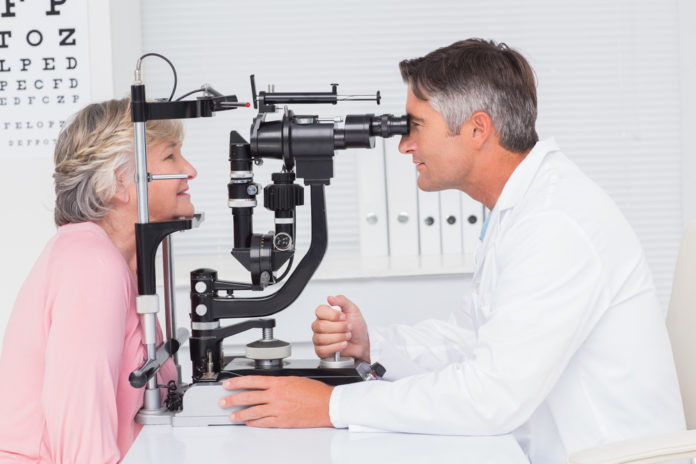Glaucoma is the second leading cause of blindness in the United States and accounts for 9 to 12 percent of all cases of blindness. While the eye disease is complicated and leads to
progressive and irreversible vision loss, there are recognized methods to protect your eyes from glaucoma and vision loss. But what causes glaucoma and are there steps to delay or prevent its onset?
What Causes Glaucoma?
Glaucoma is an eye disease that damages the optic nerve related to fluid buildup in the eye. The accumulation of fluids increases the intraocular pressure and can eventually damage the fibers of the optic nerve, which results to blind spots and gradually and eventually leads to vision loss and blindness. The cause of glaucoma mostly relates to the type, including open-angle glaucoma, angle-closure glaucoma, and normal-tension glaucoma:
Open-Angle Glaucoma
Open-angle glaucoma is the primary and most common form of glaucoma and occurs when the eye does not drain as efficiently as it should, thus increasing pressure in the eye and causing damage to the optic nerve.
Angle-Closure Glaucoma
Also known as closed-angle glaucoma and narrow-angle glaucoma, this type occurs when the iris (commonly recognized as the colored part of the eye) and cornea (the eye’s clear, protective outer layer) are too close, consequently causing a sudden buildup of pressure in the eye.
Normal-Tension Glaucoma
In normal-tension glaucoma, or low-tension and normal-tension pressure glaucoma, the optic nerve becomes damaged even though eye pressure is within a normal range (between 12 to 22 mmHg). While doctors are unsure why the optic nerve is susceptible to damage from normal eye pressure, it is known those at higher risk of normal-tension glaucoma include those with a family history of this type, people of Japanese decent, and individuals with a history of systemic heart disease as atherosclerosis, the buildup of fatty deposits (plaques) in the arteries, or other conditions that impede on blood circulation.
Signs and Symptoms of Glaucoma
Early in its course, glaucoma generally does not cause any symptoms. However, and especially overtime, individuals may experience the following signs and symptom related to its type:
Open-Angle Glaucoma
Particularly as the disease progresses, blind spots develop in the peripheral (or side) vision. Unfortunately, most people with open-angle glaucoma do not notice any change in their vision until nerve damage is quite severe.
Angle-Closure Glaucoma
Individuals usually display no symptoms of an attack, though some may experience blurred vision, halos, mild headaches, and eye pain. Attacks of this form of glaucoma include severe pain in or redness of the eye, reduced or blurred vision, headache, nausea, and vomiting.
Normal-Tension Glaucoma
As mentioned, people with normal-tension glaucoma display normal eye process ranges. However, they can show signs of glaucoma, including blind spots and damage to the optic nerve.
Prevention and Treatment for Glaucoma
If left untreated, glaucoma will eventually cause blindness. And even with treatment, about 15 percent of people become blind in at least one eye within 20 years. Luckily, there are ways to prevent or delay the severity of glaucoma, including medications, exercise, smoke cessation, and eye protection. The Glaucoma Research Foundation suggests regular and comprehensive eye exams are the best form of prevention against glaucoma, as early detection and ongoing treatment can maintain vision in most people. Those with a higher risk of glaucoma, including those over the age 40, had or have an eye injury, managing diabetes, or who come from a family with glaucoma history, are recommended to be monitored more frequently.
Ultimately, treating glaucoma is individualized and plans will be established between the affected individual and their ophthalmologist. Common and likely treatment options include eye drops, medications, various forms of laser and traditional surgeries, or the combination of the methods. Nonetheless, the goal of any treatment is to prevent vision loss, along with improving the quality of life for those affected.






